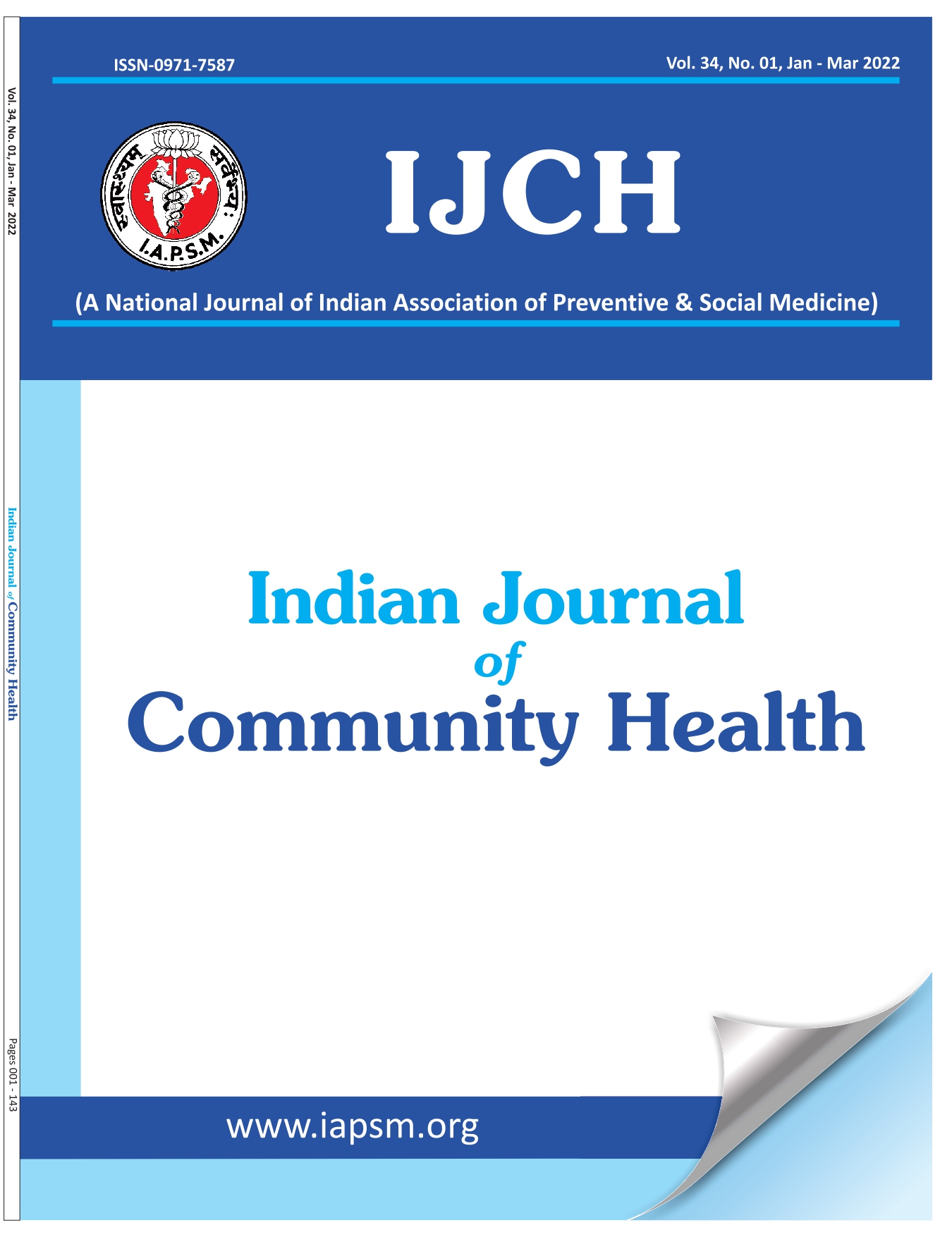Chronic morbidity and health care seeking behaviour amongst elderly population in rural areas of Uttarakhand
Abstract
Background: Ageing is a natural process, always associated with physiological and biological decline. Global population is ageing; the proportion of older persons has been rising steadily, from 7% in 1950 to 11% in 2007, with an expected rise to reach 22 % in 2050. With improving knowledge and awareness the health care seeking behavior has shown an increasingly positive trend. With increasing age, morbidity, especially those arising from chronic diseases also increases. On the contrary, health care delivered at household level has definitely gone down due to financial constraints and increasing cost of living, thus posing a problem for the elderly. Aims & Objective: To find out the prevalence of chronic morbidity and health care seeking behaviour amongst the elderly in rural areas of Uttarakhand. Material and Methods: A cross-sectional study was carried out in rural areas of Uttarakhand to assess the chronic morbidity amongst elderly population. All the persons above the age group of 60 years of the eight villages were interviewed using a pre-defined, pre-tested, semi-structured and indigenously developed questionnaire. Results: The study group suffered from various chronic morbidities like hypertension, diabetes, cardiovascular diseases. Men were greater in number (158, 62.2%). Participants belonging mostly to nuclear families (156, 61.9%). Below the poverty line were (98, 38.9%). Half of the study population had one or the other chronic morbid condition. Majority of the elderly men contacted the health care facility whereas majority of the elderly women chose to use remedies. Conclusion: There is definitely a need of provision of health care services for poor geriatric population. In addition to this government should take up some program for social security of this population along with creating an awareness about the same.





